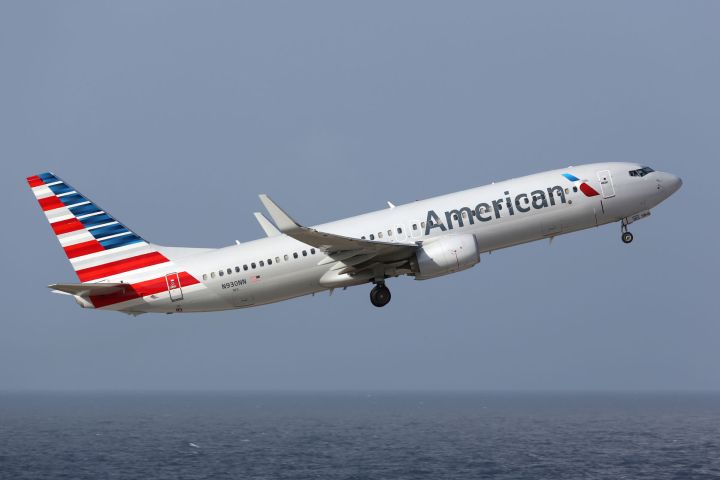
The carrier revealed this week that it’s ditching seat-back screens on its new Boeing 737 Max aircraft that go into service later this year.
American pinpoints the prevalence of smartphone and tablet ownership as one of the reasons behind the move. “More than 90 percent of our passengers already bring a device or screen with them when they fly,” the airline said in a widely distributed statement. “So it makes sense for American to focus on giving customers the best entertainment and fast connection options rather than installing seat-back monitors that will be obsolete within a few years.”
The airline added that it’s committed to offering passengers — at least, those with a phone, tablet, or laptop — free streaming of movies, music, and other content from its on-board library of material, with high-speed connections offered gate to gate. And if the airline’s own content fails to inspire, you’ll also have the option to hit the internet, though for that you’ll have to pay.
The carrier noted that it’s not doing away with seat-back screens entirely, as its newly built aircraft for international routes will continue to include the displays.
“We’ll keep seat-back monitors on Boeing 777s, 787s, Airbus A330s, and our A350s, which begin arriving next year,” the airline confirmed. “We’re also committed to seat-back screens on our three-class A321s.”
American’s decision to get rid of seat-back displays in some of its jets follows in the footsteps of a number of other airlines, with others likely to follow to some extent before long.
Doing away with the entertainment displays saves carriers plenty of cash. It’s not just the cost of the screen itself; the devices also add a significant amount of weight to an aircraft, causing it to burn more fuel.


